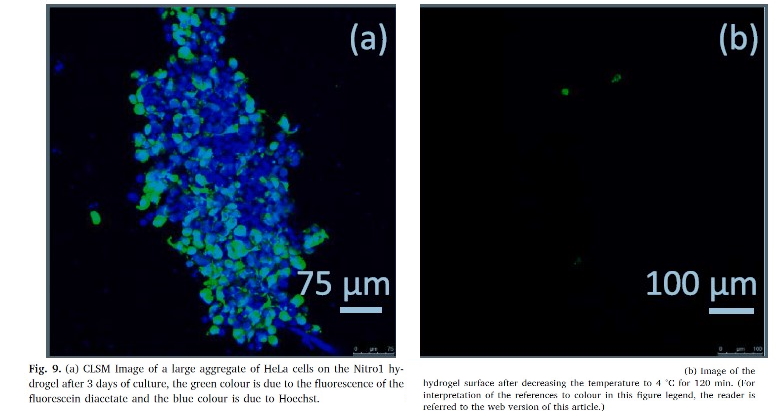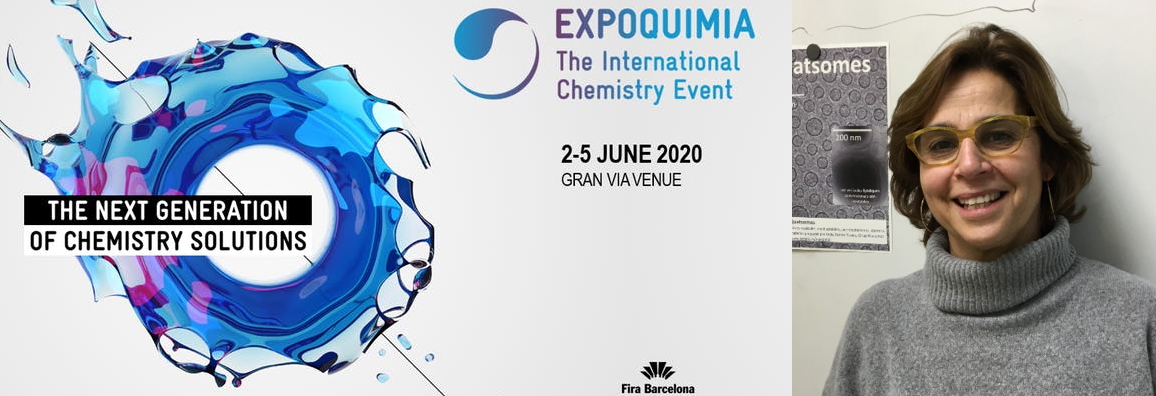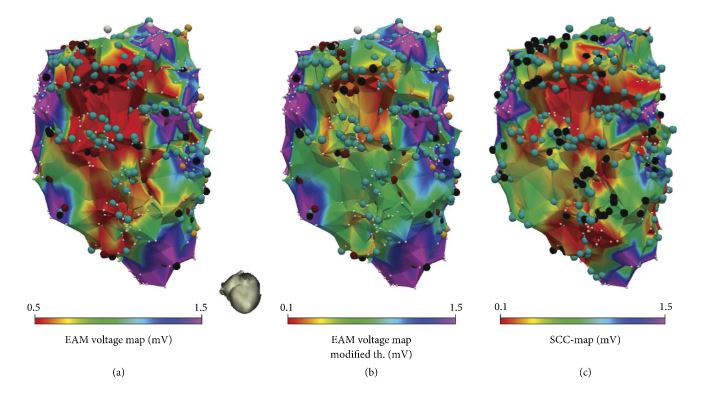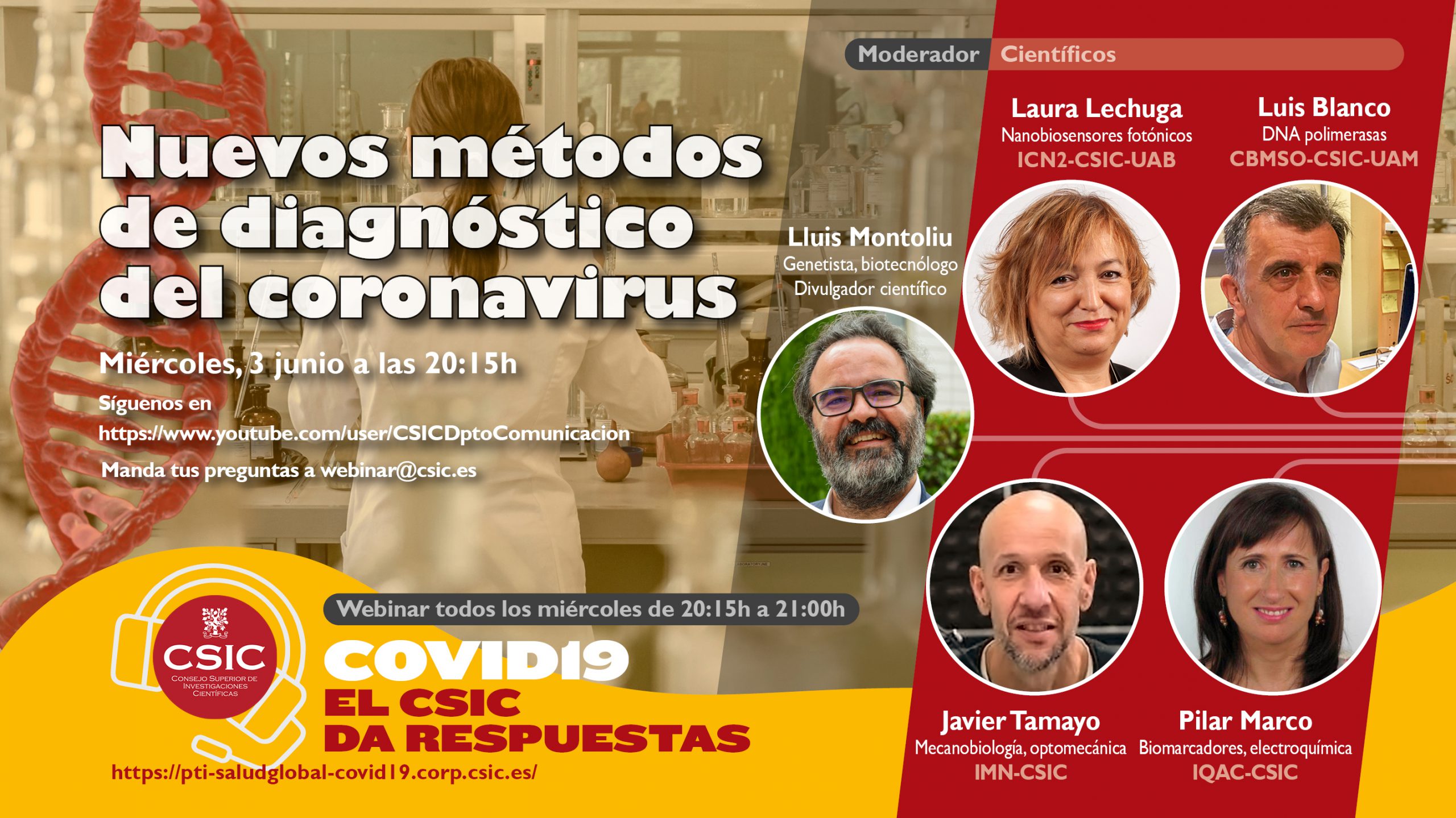Optimization of Recycled-Membrane Biofilm Reactor as a sustainable biological treatment for microcystins removal with nanbiosis expertise.
Jesús Morón-López (IMDEA), Serena Molina (Chemical Engineering Department, University of Alcalá) have recently published the results of their research about Recycled-Membrane Biofilm Reactor as a sustainable biological treatment for microcystins (MC) removal. The study addresses the lack of sustainable technologies for water treatment, while opening an alternative in sustainable solid waste management under a circular economy approach.
The biofilm visualization has been performed by ICTS “NANBIOSIS”, more specifically by the Unit 17 Confocal Microscopy Service of Ciber in Bioengineering, Biomaterials & Nanomedicine (CIBER-BNN) at the Alcala University (CAI Medicine Biology) led by Juan Manuel Bellón y Gemma Pascual. In this case, the biofilm attached to the recycled membrane was observed under the confocal laser scanning microscope (CLSM Leica SP5, Leica Microsystems) of NANBIOSIS Unit 17.
Article of refrence:
Jesús Morón-López, Serena Molina, Optimization of Recycled-Membrane Biofilm Reactor (R-MBfR) as a sustainable biological treatment for microcystins removal Biochemical Engineering Journal 153 (2020) 107422


















